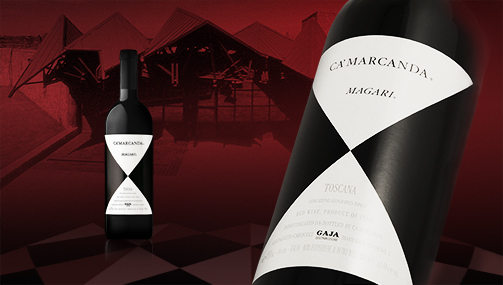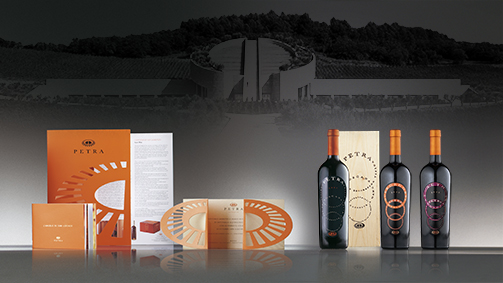Identity, evolution of architecture
The point it stands is not fortuitous, it is a legendary place. Legend has it that the founder of the city, on his death, was abducted by an eagle here and carried away into the sky. We are talking about Rome, Romulus and the Patheon.
Hadrian, the emperor who commissioned the building, was not aware of the term “brand identity” but he was profoundly aware of the power of architecture in communicating the features and values of a “name” (what we call brand today).
Every architectural form develops its own code of communication, through grammar it creates individual episodes that take the reader on a journey that, like the memorable journeys of navigation, takes place in unknown waters.
Architecture can mould the future, the future choices, the gaze encountering an architectural reality always involves memory, architecture is memory, which excites us and prompts us to seek out and find these emotions in objects of memory.
The language of architecture is made up of light, materials, proportions, acoustics and history. It comes from a symbolic thought, expressed through symbols and metaphors and cannot exist irrespective of the reality that generated it, which gives the most lyrical perception.
The architectural space always brings something new of itself, thanks to the complexity of the elements that make it up and the life it hosts.

Space is never a question of inside and outside, of what it contains or does not contain, nor is it only a physical perception; space is culture.
It is the space of the imagination, the space of the unknown, the invisible, it isn’t something we perceive physically, it is the celebration of art inspired by time, traditions, therefore dynamic, subject to many influences, open to new vistas and new horizons.
“There is no need to integrate communication with architecture: architecture is communication, if it does not communicate, it serves absolutely no purpose. A very sad neorealist cube can be just as stupid and ugly as an extremely expanded form or without classic or simple geometry. The problem is the ideas and the magic they communicate. Unless architecture manages to communicate and supply that missing magic, it has no sense.“ These are the words of Massimiliano Fuksas, the most visionary contemporary architect, capable of turning dreams into reality in spaces and architecture of a few cubic metres, and in gigantic works, like his “Cloud” in construction in Rome.
This peculiarity makes architecture the source of inspiration for brands that arise from an evolution, an extension of the intrinsic concepts and values of the project.
It isn‘t a spontaneous activity but a study that transfers the visible value of the architectural structure to identity, brand and packaging.
Driving this choice are values not only shared but properly expressed and represented in the graphic forms, the volumes, the sensations that product and place inspire together. These are traits that are acquired both knowingly and unknowingly: anyone can see that in the cellar Ca’ Marcanda of Angelo Gaja in Tuscany designed by the architect Giovanni Bo, the architectural play of the roofs is then reiterated, in a graphic sense, in the labels that create a pleasurable and particular emotional and material connection.
In the same way, even the most distracted eye cannot avoid surprise at the sight of the label of the wines of Alois Legeder from Magrè, the shape forces the eye and the mind to a search for the answer to the simplest question: why this shape? The shape of the label corresponds to the layout of the cellar, designed by the Abram & Scnabi studio, and gives the product a strong sense of origin, a genetic guarantee.

Certainly, this was one of the architectural objects used in a very effective extension to the corporate brand in the Petra of Suvereto cellar, designed by architecture Mario Botta: firmly characterising the architectural structure, it is achieved in the minimal style of the brand, transferring to the eye itself the same warm, energetic sensations.
We do not know whether the designers were aware of the fact that the sphere of influence of their works would be extended to the identity of the product. What we gather from these constructions is the power, the capacity for interpretation and communication of values the product possesses, sending a message to the consumer that encourages sampling as a sublime experience.
Tag Global design


